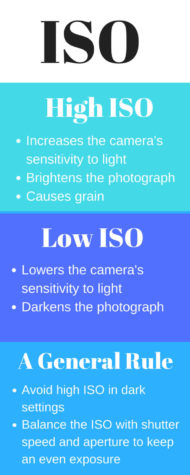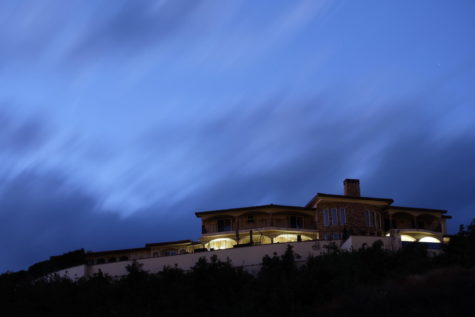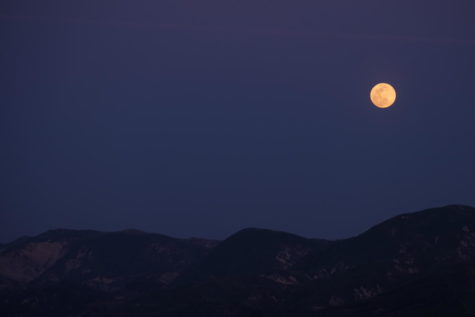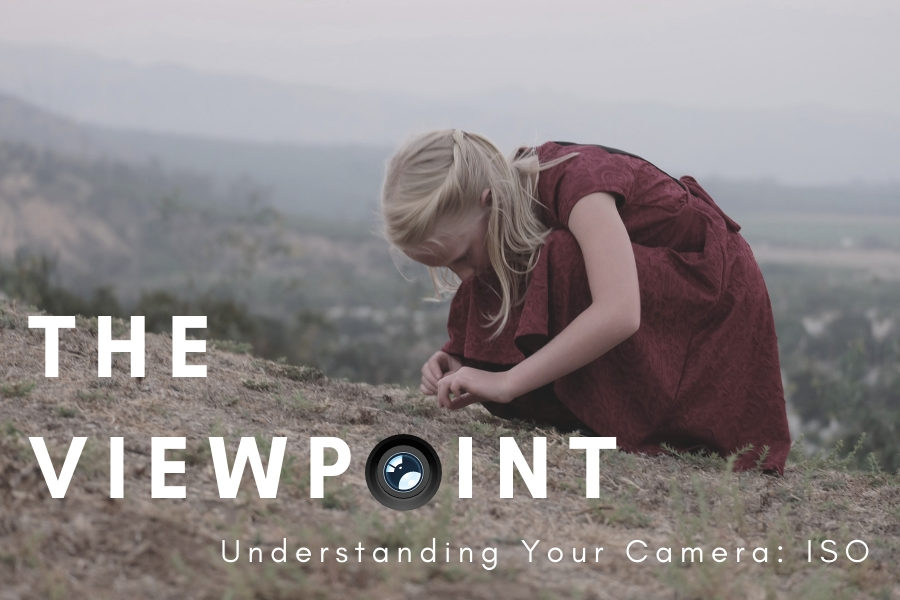Graphic created using Canva. Photo by Gwynith Hayden.
Understanding Your Camera: ISO
What is ISO?
ISO, which stands for International Standards Organization, is your camera’s sensitivity to light. ISO controls your camera’s capacity to absorb light. You can think of the ISO as a sponge, soaking up the light coming through the shutters.

High vs. Low ISO: When to Use Them
A high ISO increases your camera’s sensitivity to light, causing it to absorb more and brightening your photograph. A low ISO decreases your camera’s sensitivity to light, causing it to absorb less and darken your photograph.
Although it may seem counterintuitive, you should avoid using a high ISO in dark situations. Otherwise, your image will become grainy.


However, in bright settings, you can use whatever ISO you choose, high or low. Just keep in mind that the ISO affects the amount of light your camera absorbs, so you may have to compensate with the aperture (LINK) and/or shutter (LINK) speed to keep an even exposure (check back for an article about this later!).
Where are my ISO Settings?
You can find the settings for your ISO in the menu of your camera. On my camera, the ISO ranges from 100 (low ISO) to 25,600 (high ISO). Check your camera manual for more information!

A General Rule
As a general rule, use the lowest ISO possible in dark settings (my go-to is about 200). You can use any ISO level in bright settings, but think about how it will affect your exposure as a whole so you know how to compensate for it.
Thanks for reading! Check back soon for more amazing articles from The Viewpoint!

